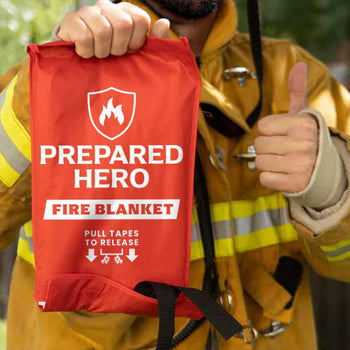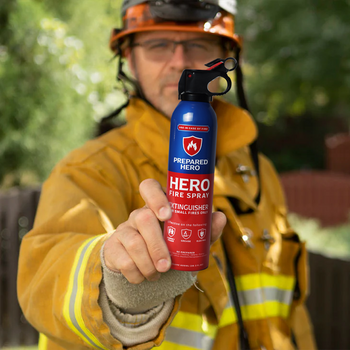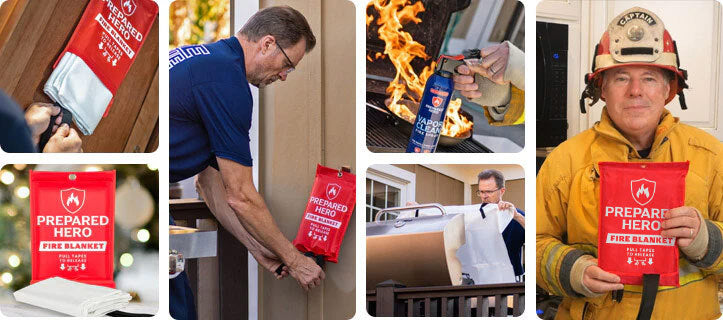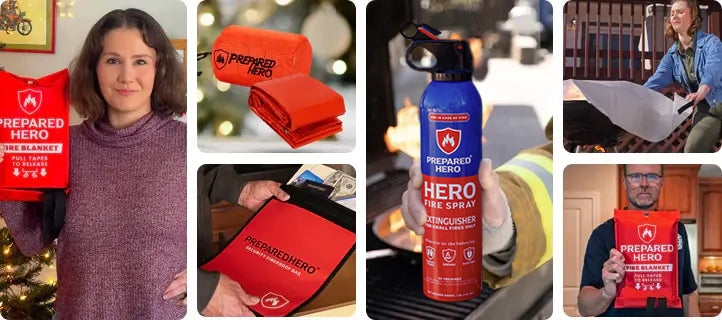Where you put your smoke detectors matters just as much as installing them. Proper placement makes sure they can detect...
NFPA (National Fire Protection Association) 72 is a crucial code for fire alarm and emergency communication systems. It ensures these systems work when you need them most. But what exactly does NFPA 72 cover? Does it help keep you safe? Are you legally required to follow it? Find out the answers to these questions below.
What Is NFPA 72?

NFPA 72 is the National Fire Alarm and Signaling Code. It’s basically a rulebook outlining how fire alarm and emergency communication systems should be set up, tested, and maintained. Its goal is to make sure these systems work when you actually need them.
In particular, NFPA 72 covers smoke detectors, fire alarm panels, pull stations, and mass notification systems, like the ones that send alerts during weather events, active shooter situations, or chemical threats. So, it’s not only about fire safety anymore. It’s about getting the right message out fast during any kind of emergency.
NFPA 72 also breaks down exactly how to design and install these systems, what needs to be tested, how often they should be tested, and what paperwork you need to keep. Plus, there are sections that cover how systems should connect with off-site monitoring stations, how alerts should sound or flash, and how elevators or doors should react during an emergency.
This code is used all over the United States. Federal, state, and local governments usually adopt it into their own building or fire codes. This means it’s not just a guideline. If you’re building or managing a facility, you’re often legally required to follow it.
People who use NFPA 72 include fire marshals, inspectors, contractors, and building managers. It helps them keep systems up to date and ready when it matters most.
What Is the Purpose of NFPA 72?
The purpose of NFPA 72 is to make sure that fire alarms and emergency communication systems do what they’re supposed to: warn people and help keep them safe. It lays out the basics, like how these systems should be installed, tested, and maintained. But it also goes deeper, explaining how signals get triggered, how they're sent, who gets notified, and how reliable everything needs to be.
It’s not just about fire alarms either. NFPA 72 covers carbon monoxide detector placement, mass notification systems, and anything that helps alert people during emergencies, whether that’s a structure fire, gas leak, or other major threat.
The code also sets minimum performance standards and installation quality, but it doesn’t lock you into one way of doing things. You’ve got flexibility, as long as the end result meets the safety standards. It also helps you upgrade or fix older systems by showing what updates you need based on your system type.
What Is the Current NFPA 72 Code?

The current NFPA 72 code is the 2025 edition. It covers all the rules for fire alarms, signaling systems, and emergency communication setups. It’s not just about fires anymore. It also includes guidelines for mass notification systems used during severe weather, terrorist threats, or other large-scale emergencies.
Basically, the current NFPA 72 code makes sure people get alerts fast when something goes wrong. If you’re working with alarm systems or emergency planning, this code is the go-to source for keeping up with safety standards. Plus, it’s updated to reflect today’s risks and technology.
What Does NFPA 72 Require?
NFPA 72 lays out the rules for how fire alarm and emergency communication systems should be designed, installed, tested, and maintained. The goal is simple: keep people safe by making sure alarms work when they’re supposed to. Here’s what it requires:
System Setup and Equipment

Setting up a fire alarm system isn’t just about plugging things in. NFPA 72 outlines what equipment to use and where it all needs to go so everything works right.
1. Initiating Devices
Initiating devices include smoke detectors, heat sensors, and pull stations. NFPA 72 makes sure they’re installed in the right spots and work the way they should.
2. Notification Devices
Smoke alarms need to be loud and visible. Think strobes, horns, or speakers. Everyone should be able to hear or see the warning, no matter where they are in the building.
3. Zoning and Layout
Systems are divided into zones. This helps responders know exactly where the problem is and helps prevent false alarms from shutting down an entire system.
4. Detector and Pull Station Placement
There are specific rules on where to put smoke detectors and pull stations. For example, pull stations must be within 60 inches of an exit and placed on both sides of wide exit paths.
Smoke detectors should also be installed inside every bedroom, outside each sleeping area, and on every floor of a home, including basements.
Testing and Inspection

Testing and inspecting fire alarms isn’t optional. It’s required. NFPA 72 lays out what needs to be tested, how often, and who’s allowed to do the work.
1. Regular Testing
Fire alarms have to be tested regularly. That includes checking the sound, flashing lights, and making sure detectors detect smoke or heat.
Certain critical systems have to be tested daily, while basic checks must be done monthly. Some parts need thorough testing every six months, while every system has to be fully tested at least once a year.
2. Types of Tests
Tests include functional checks, visual inspections, sensitivity testing, and battery checks. Some fire alarms randomly go off in the middle of the night, while some smoke detectors beep with new batteries. So, you better be vigilant.
3. Documentation
Everything has to be recorded. If it was tested, inspected, or repaired, it should be written down. Building owners are responsible for keeping those records.
4. Who Can Do It
Only qualified professionals are allowed to work on these systems. There should be no DIY fixes when it comes to fire safety.
Backup Power and Communication

Power outages happen, but your alarm system shouldn't quit. Backup power and reliable communication keep things running and connected, even when the lights go out.
1. Backup Power Source
Alarms need a backup power source (usually batteries or a generator), so they still work during blackouts.
2. Standby Power
The generator should be able to run the system for at least four hours, even if it doesn’t kick on right away.
3. Communication Paths
NFPA 72 also covers how systems connect to fire departments or off-site monitoring stations. These connections need to be reliable, and sometimes that includes IP-based communicators.
NFPA 72 Testing Requirements

NFPA 72 lays out the rules for how fire alarm systems should be tested to make sure they work when needed. It covers functional tests, sensitivity checks, regular inspections, and the like.
Smoke detectors need to be tested monthly using smoke simulations or special aerosols. However, sensitivity testing is more spaced out after the first year, then every two years, and later every five years. Other devices like heat detectors have different rules, so it's important to check the details in the code.
Horns, strobes, and other alert devices also have to be tested. Battery checks are part of the deal, too. Inspect them for leaks and make sure they still hold a charge. Inspections can happen twice a year or yearly, depending on the system and building. Plus, everything has to be documented, from testing to any fixes.
In addition, only trained people should do these inspections, and local fire codes might add extra steps. Because systems and buildings differ, testing schedules aren’t one-size-fits-all. While NFPA 72 gives a solid framework, it’s smart to double-check local rules.
NFPA 72 Sound Level
According to NFPA 72, you need to install visible alarms if the average background noise in a space is over 105 dBA. Visual alarms include strobe lights, flashing LED panels, and wall-mounted light boxes.
The idea is that people probably won’t hear a siren in a loud place, like a factory or a big mechanical room. Hence, you need flashing lights or other visual signals to grab attention during an emergency. It’s all about making sure people notice the alert, even if the noise is off the charts. This setup helps keep people safe in places where sound alone isn’t enough.
Where Should Smoke Alarms Be Located?

According to NFPA 72, smoke detectors should be placed in key areas to give you the best warning in case of a fire. You need one in every bedroom because fires can start while you sleep, and you may not hear or smell anything in time. You should also put one outside each sleeping area and on every level of your home, including the basement and attic.
Kitchens are tricky. While they’re fire-prone, detectors can go off from cooking smoke. Avoid false alarms by installing the smoke detector at least ten feet away from the stove or oven.
Place alarms in living areas as well, especially if there’s a fireplace, candles, or space heaters. Staircases also need coverage. Fires can spread fast, and stairs are usually your main escape route. A detector there helps alert people on different levels.
Remember, fires can start anywhere, and early detection gives you more time to act. Keep them well-placed and maintained for extra protection.
Can You View NFPA Standards for Free?
Yes, you can view NFPA standards online for free. The NFPA makes this possible to help promote public safety and awareness. To access a standard, just go to the NFPA website and use the search bar to look up the one you need, like NFPA 72.
Once you find it, click on “Read More,” and make sure you’re on the “Articles, Research and More” tab. Then scroll down, pick the edition year you want, and hit “View Free Access.” You need to log in or create a free account to see the document. It’s that simple with no payment needed.
What Is the Difference Between NFPA 70 and 72?

NFPA 70 and NFPA 72 are important safety codes, but they cover different things. NFPA 70, also called the National Electrical Code (NEC), focuses on electrical systems. It sets the rules for how to safely design, install, and inspect electrical wiring and equipment. It’s used across all states to prevent electrical fires, shocks, and other fire hazards. The latest updates include reorganizing sections and adding rules for high-voltage systems.
On the other hand, NFPA 72 deals with fire alarm and emergency communication systems. It covers how to design, install, and maintain systems like smoke alarms, fire alarms, and mass notification systems for weather or security emergencies. While NFPA 70 handles power and wiring, NFPA 72 focuses on life safety alerts and how people are warned in an emergency.
In short, NFPA 70 is about safe electricity use, while NFPA 72 is about alerting people to danger. They often work together in building safety, but each has its own specific role. If you're working on a fire alarm system, you’ll likely use both codes—NFPA 70 for the electrical side and NFPA 72 for the alarm and communication side.
What Are NFPA Rules?
NFPA rules are basically a big set of fire safety standards created by the National Fire Protection Association. They cover everything from how a building is built to how a fire alarm system works. These rules are designed to reduce fire risks, keep people safe, and protect properties. They’re used in just about every industry—schools, hospitals, factories, and office buildings.
There are over 300 NFPA codes, but a few are more common than others. For example, NFPA 1 is the general fire code that sets the stage for all the others. NFPA 13 covers sprinkler system design, while NFPA 25 is about inspecting and maintaining those systems. NFPA 70 is the National Electrical Code, and NFPA 72 handles fire alarms and emergency signals. Meanwhile, NFPA 101 focuses on keeping people safe during emergencies with rules for exits and fire protection features.
These rules aren’t just suggestions; they’re often legally required. If you don’t follow them, you could face fines, lawsuits, or higher insurance costs. As a result, many businesses work with fire safety experts who know the codes and help them stay compliant.
How Much Does NFPA Cost?

NFPA LiNK is a subscription service that gives you digital access to fire safety codes and standards. As of March 3, 2025, the prices are going up a bit. The monthly plan will cost $13.99. If you want to pay yearly, it’s $129.99 with auto-renew or $169.99 without auto-renew.
A five-user annual plan costs $639.99 with auto-renew, or $679.99 without. On the other hand, a 10-user plan goes for $1,259.99 with auto-renew and $1,299.99 without.
Why the increase? NFPA says it’s to help improve the platform: more tools, better performance, and new content like expert commentary, videos, and checklists. They’ve also added over 65 codes recently and tools that make it easier to track code changes.
If you're not happy with the service, you can cancel auto-renewal anytime through your account. Just do it before your renewal date. If you don’t auto-renew, it’ll end on its own when your term’s up.
Who Enforces NFPA 72?
NFPA 72, the National Fire Alarm and Signaling Code, is enforced by different groups depending on the situation. The enforcement is usually handled by local building code enforcement teams during building construction. These may include building, electrical, and plumbing inspectors. These groups also make sure the building follows the necessary codes, including those for fire alarm systems.
However, it's a bit different when it comes to fire alarm systems' operation and maintenance. The responsibility lies with the building owner, who must make sure the system is regularly inspected, tested, and maintained according to NFPA 72. It's up to the facility manager to make sure that top management knows these obligations, even if local code enforcement isn’t always active.
Fire inspectors, or fire prevention officers, also play a role in enforcing fire protection systems. They follow the fire code, which includes both building codes and maintenance requirements.
Conclusion
NFPA 72 makes sure your fire alarm systems are ready when needed. But just having alarms is just one part of the equation. Fire prevention kits are just as important. While smoke alarms warn you when a fire breaks out, prevention tools help stop fires from turning into raging infernos. These tools include fire blankets, fire sprays, fire extinguishers, flame shields, and sprinklers.
Do you want reliable, easy-to-use, and affordable tools to put out small fires before they spread? Check out Prepared Hero’s fire prevention tools here, and get up to 51% off on certain items. Stay prepared, hero!


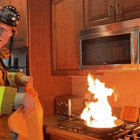 Fire
Fire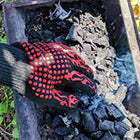 Safety
Safety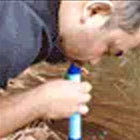 Survival
Survival Protection
Protection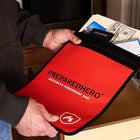 New
New Scouting America
Scouting America
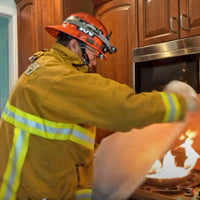 Fire
Fire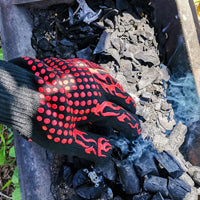 Safety
Safety Survival
Survival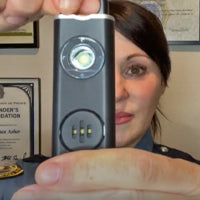 Protection
Protection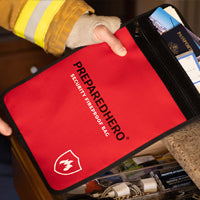 New
New
